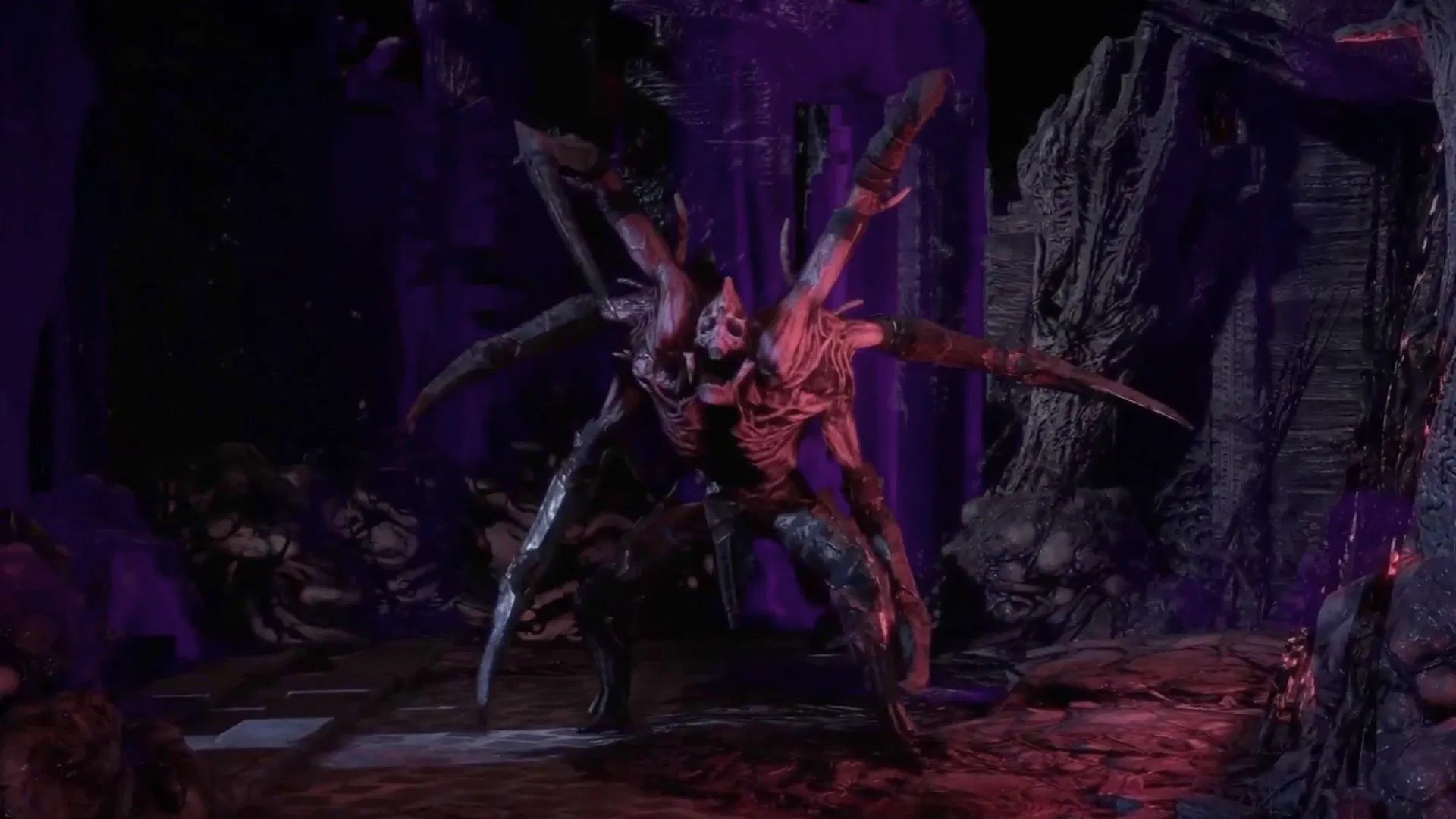Copyright menafn

Ahead of the pair's expected meeting on Oct. 30, 2025, Trump also indicated he wants to enlist China's help in bringing Russia to the peace table – adding a third weighty issue for the two men to chat about. But how has the needle moved on these three issues – trade, Taiwan and China-Russia relations – since the last meeting between Trump and Xi? Rana Mitter, professor of U.S.-Asia relations at Harvard Kennedy School, explains what has changed since 2019 and the geopolitical background to the upcoming bilateral talks. Compared with where the two countries were in 2019, the biggest variable that has changed is whether the U.S. has softened its position on Taiwan. In the first Trump administration, Taiwan policy was shaped by figures such as Secretary of State Mike Pompeo who were decidedly hawkish on China and the issue of Taiwan. The U.S. was seemingly pushing then to bolster its assurance – falling short of commitment – to help Taiwan pursue a path of autonomy, but not outright independence. During the Biden administration, the U.S. position on Taiwan was shaped by other, wider China-U.S. events, such as the spy balloon and then the controversial visit to Taiwan by then-House Speaker Nancy Pelosi – both of which damaged Washington-Beijing relations and resulted in an uptick in tensions across the Taiwan Strait. A pro-China supporter steps on a defaced photo of U.S. House of Representatives Speaker Nancy Pelosi during a protest in Hong Kong against her visit to Taiwan on Aug. 3, 2022. Anthony Kwan/Getty Images Trump's current secretary of state, Marco Rubio, has also traditionally been very hawkish on Taiwan – but there is a wider sense that this hawkish approach isn't dominant in the second Trump administration. Much of this centers on Trump himself and questions over whether he is looking to find a different compromise agreement with China that includes the U.S. stance on Taiwan. Evidence of this could be seen earlier this year when the Trump administration prevented Taiwan President William Lai Ching-te from stopping off in New York on his way to Central and South America – something that could be interpreted as a concession to Beijing. Similarly, the Trump nixed US$400 million of U.S. weapons earmarked for Taiwan over the summer. The other main difference now, compared with when Xi and Trump last met, is that they are dealing with a politically different Taiwan. In 2019, the U.S. and China were dealing with Taiwanese President Tsai Ing-wen, who had a practical and flexible approach to the issue of Taiwanese independence – something that Beijing vehemently opposes. The new Taiwanese president, Lai Ching-te, hasn't pushed for independence, but certainly a lot of analysts have said he is more enthusiastic in wanting to stress the separation of Taiwan from the mainland. That is a position that the U.S. doesn't want to give any signal that it is supporting. Meanwhile, Beijing has continued to push hard on Taiwan – days before the Trump-Xi meeting, Chinese state media announced that“confrontation drills” involving Chinese H-6K bombers had taken place near Taiwan. But this is typical. The Chinese government has traditionally pushed a maximalist line on Taiwan before meetings and then scaled back rhetoric during negotiations. So what does Beijing want? In recent weeks and months, the Chinese Communist Party has indicated that it would like Washington's phrasing on Taiwan to change from“the U.S. does not support independence” to“the U.S. opposes independence.” But I would not expect any move from Washington in the short term on this. The preferred settlement on Taiwan for the short to medium term is status quo. However, that gets harder and harder due to China's increased presence in Taiwanese air and naval space. In 2019, the U.S. and China were in the process of working out a“phase one” economic and trade agreement, which was supposed to develop into a much bigger deal. But the wider deal didn't come about. Both sides were finding it hard to achieve the terms of the deal, and then the pandemic in 2020 threw global trade and supply chains out of kilter.



